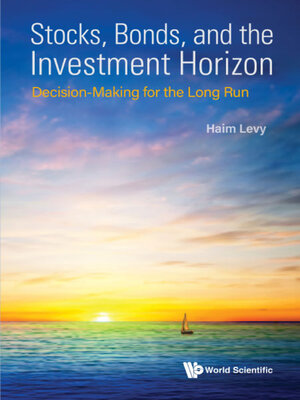
Sign up to save your library
With an OverDrive account, you can save your favorite libraries for at-a-glance information about availability. Find out more about OverDrive accounts.
Find this title in Libby, the library reading app by OverDrive.



Search for a digital library with this title
Title found at these libraries:
| Loading... |
A century ago, life expectancy was roughly 40 years, hence all income could be consumed, as for most people, there was no need to save for retirement. Today, things have drastically changed: Life expectancy exceeds 80 years in many countries, and one should expect to live and consume many years after retirement. Thus, we have many investors with various investment horizons, where the length of the investment horizon becomes a crucial factor in determining the best investment diversification.This book analyzes the effect of the investment horizon on the optimal diversification, specifically between stocks and bonds: Should a young investor and an older investor have the same portfolio? Is it recommended to savers for retirement to change the asset allocation between stocks and bonds as they grow older, as life cycle mutual funds do in practice? Is the idiom 'stocks for the long run' backed by scientific evidence? We analyze for which horizons it is recommended to employ the popular Mean-Variance rule and for which horizons employing this rule induces an economic distortion, hence a loss to the investors. It is shown that all relevant parameters for investment choice (means, variances, and correlations) change in a non-linear way with the horizon, a fact that makes the investment horizon crucial for investment choices. Similarly, the popular Sharpe, Treynor, and Jensen performance indices vary with the assumed horizon even in the case of independence over time. To analyze all the above issues, we employ the Mean-Variance rule and Stochastic Dominance rules, as well as direct expected utility calculations.






